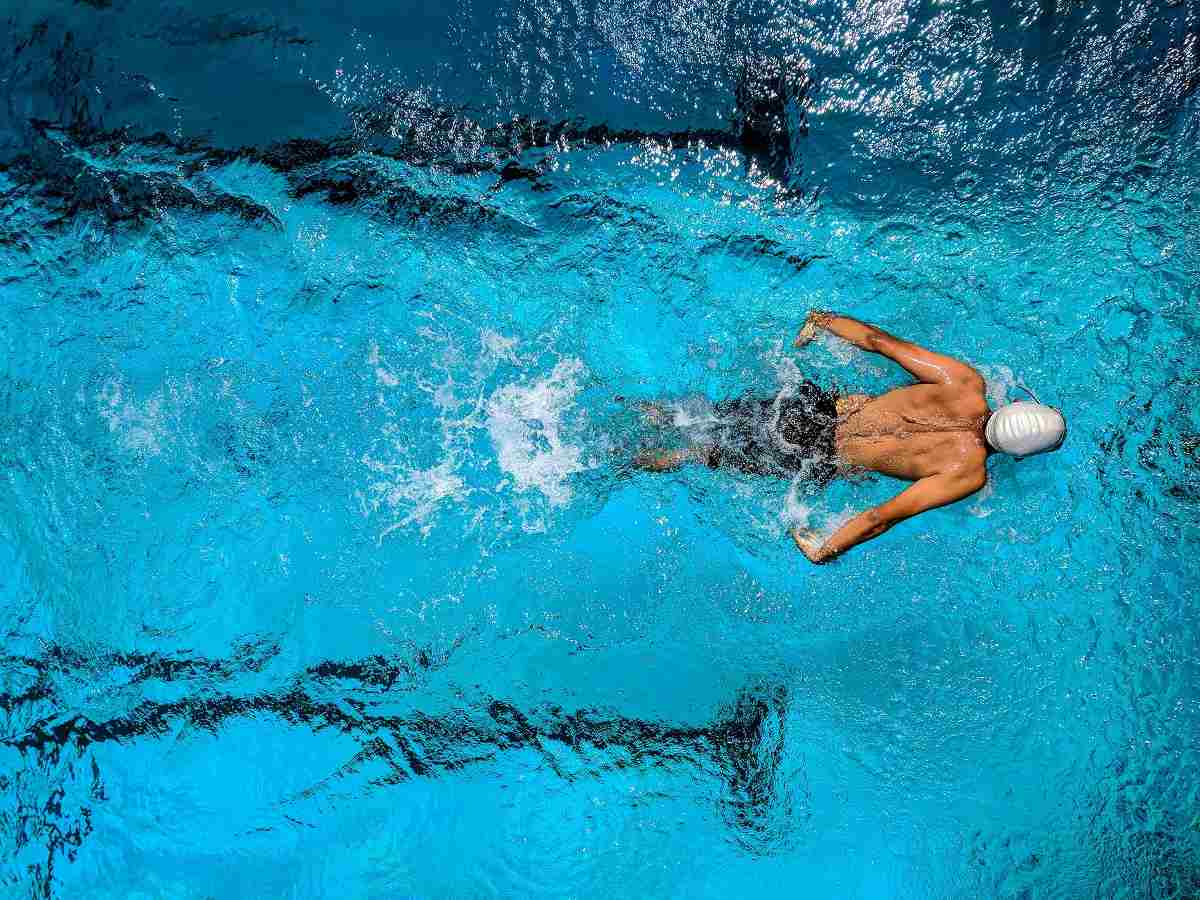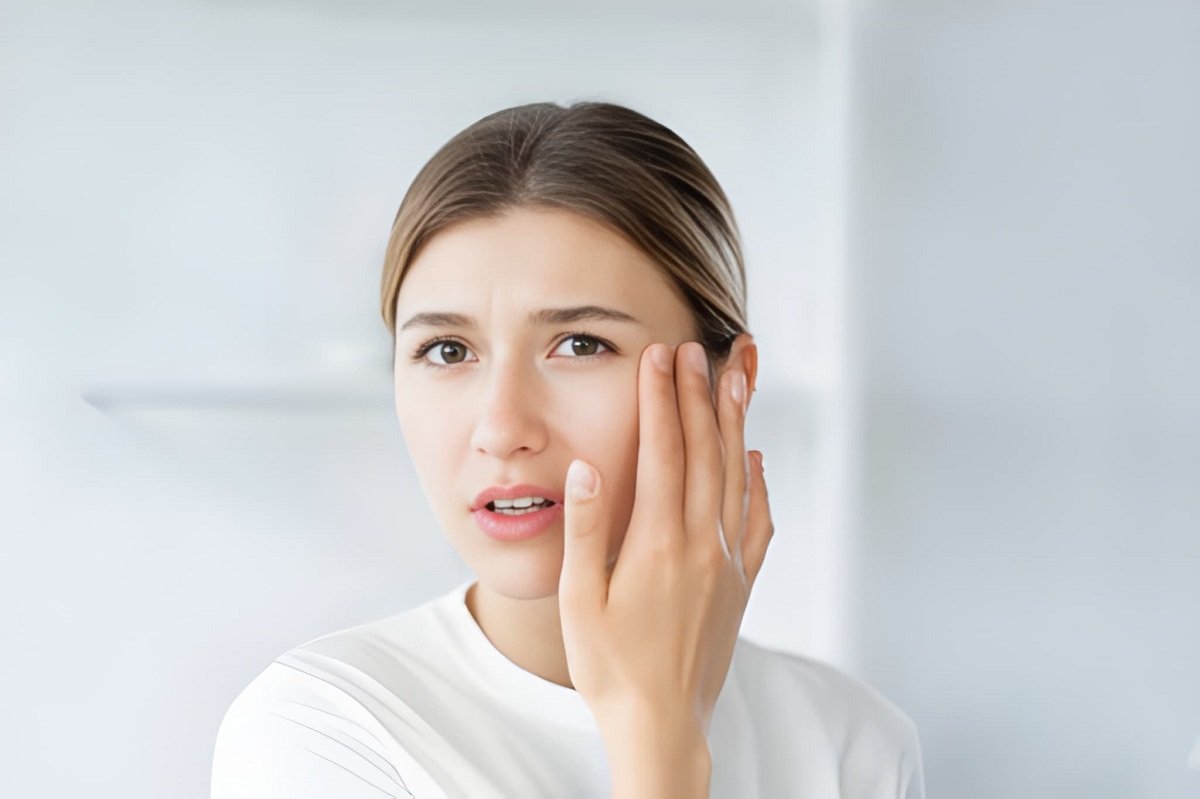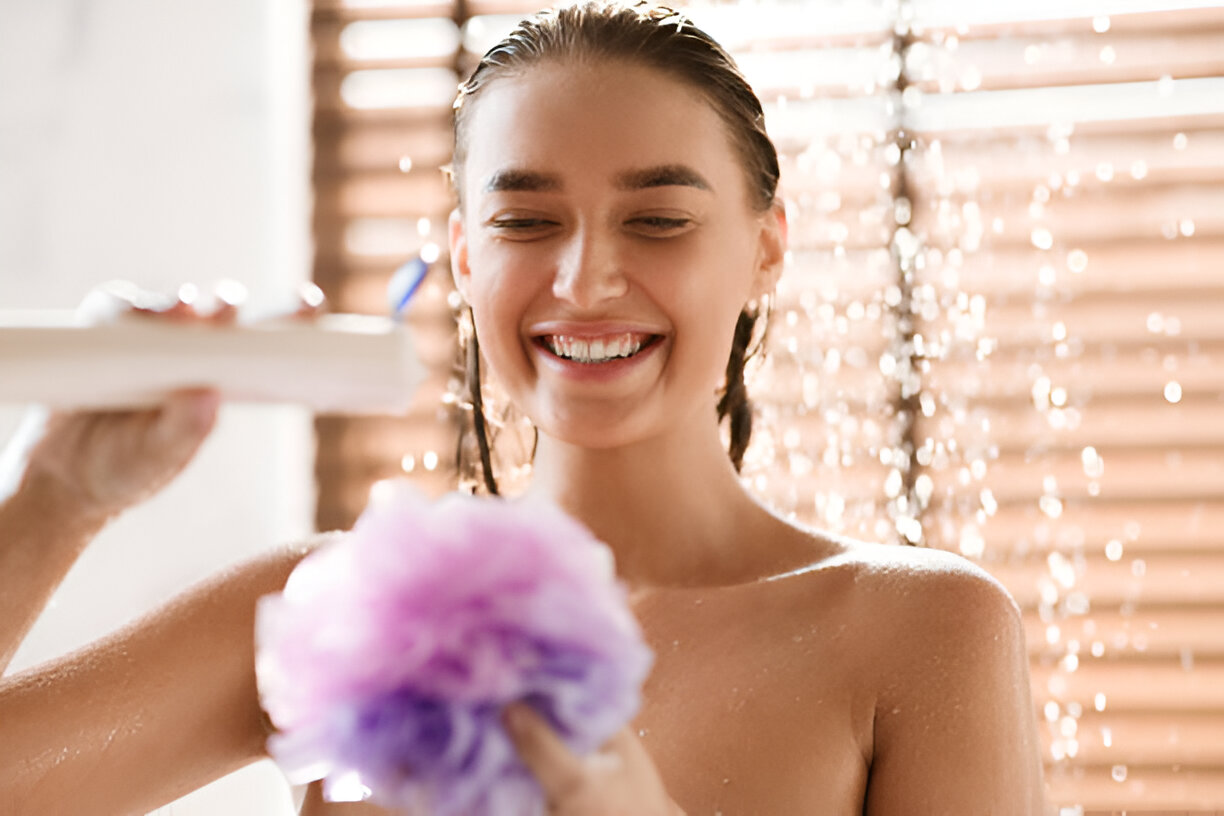Water activities are a good exercise that helps a person have good health. When regularly performed intensively for half an hour, aquatic activities cause the same effects as those performed on land. There are water activities in the four activities necessary for health: aerobic, balance, stretching, and strength. Here are five fun water activities that improve your physical health:
5 Water Activities that are Good for Your Physical Health
1. Stand Up Paddle Boarding
Stand Up Paddle Boarding is an enjoyable activity that also improves your health. Mornings are the best time to get your paddleboard rental in Santa Barbara and begin paddle boarding in West Beach. This is because the water is usually calm in the morning. Moreover, the morning sun will provide you with Vitamin D that builds your bones and cognitive ability.
Paddleboarding also improves your joint stability. It requires you to balance on the board, exercising muscles in the foot similarly to therapy exercises. Paddleboarding also engages your abdominal muscles giving you a muscular physique and stamina.
2. Recreational Swimming
According to the CDC, swimming with family or friends allows you to enjoy a fun time and work out. Your body automatically exercises once you are in the water. The pressure exerted on your body by the water opposes movement, and thus you have to swim actively. Since water is denser than air, its resistance to motion is 4 to 44 times greater than air. This resistance gives you the same amount of exercise as weights on dry ground but free from harm.
When in shallow water, most of your body weight is buoyant, leaving you with a lighter weight when exercising. Buoyancy minimizes stress to your ankles and muscles, thereby preventing harm. Furthermore, the water washes away any sweat from swimming, thus maintaining cool body temperatures. Also, water exerts pressure on your internal and external body parts, relieving you of existing pain and tiredness.
3. Water Aerobics
There are two types of water aerobics; shallow water aerobics and deep water aerobics. In shallow water aerobics, the height of the water is 3-4 feet, and the feet remain grounded in the pool. You will bear half of your body weight when immersed in the water up to the waist. Thus you will have less strain on the joints and muscles as you navigate around.
Deep Water aerobics occur in water depths where you can remain upright without reaching the ground. You will bear significantly less body weight as your body remains in water from the chest downwards. Here you use a floater to stay upright and enjoy non-impact cardio. Water aerobics engages your joints and muscles together. Regardless of age or fitness, anyone can participate in water aerobics since they cause less strain to joints.
4. Competitive Swimming
Lap swimming is a popular type of swimming where people swim using various strokes. If you are a beginner, start small and gradually increase the number of laps. You move through the water by stroking your arms and legs while not splashing excess water. These are the strokes you can use for swimming:
- Freestyle or front crawl: As the name suggests, this style uses any technique.
- Backstroke: You lie on your back and stroke your arm backward alongside a flutter kick.
- Butterfly: You stroke your arms simultaneously alongside a flutter kick while ensuring your shoulders are level with the water surface.
- Breaststroke: This style involves a technique where you push your arms and legs forward together.
Holding your breath when swimming helps strengthen your lung muscles and improve body fitness. Moreover, you also develop several muscles such as the triceps, rotator cuff, pectoralis, and leg muscles.
5. Water Walking
Water walking is an excellent option for water-based exercises. Set aside five to ten minutes for warming up and another five to ten minutes for cooling down. This activity allows you to get accustomed to the effects of water and cools the body after intense training. When training, you can adjust the speed to slow or fast, depending on your preference. You can also leverage equipment such as ankle weights, kickboards, and dumbbells when working out.
Conclusion
Be prepared and check your surroundings and others’ surroundings to ensure you are safe whenever you are in the water. Try the water activities discussed here, and you’ll see an improvement in your physical health and reduce stress levels.











